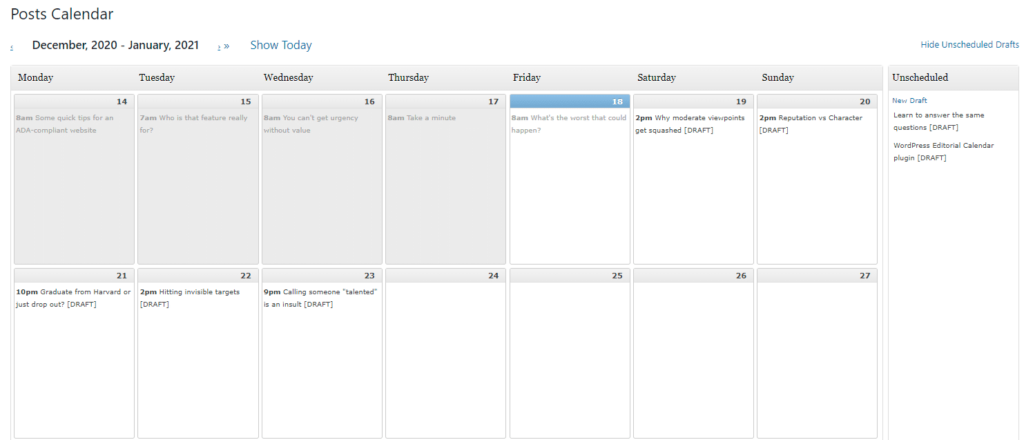When we’re building a website at GreenMellen, it’s typically around a six month process. Despite a website being largely a visual creation, the design doesn’t begin until we’re roughly two months into the project. How is that possible?
When it comes to websites, or any kind of marketing, the message is what’s most important. Wrapping it up in a beautiful design will help to catch more eyes, but when those people start reading hopefully you’ll speak to them in a way that they appreciate. Aiming to serve your past self can be a good way to start, as your past issues (that your company now solves) will likely speak to a lot of people.
It’s like the old quote from Abraham Lincoln that said:
Give me six hours to chop down a tree and I will spend the first four sharpening the axe.
Diving in an picking a theme and colors for your new website might be fun, but taking the time to establish your messaging and purpose first will lead to far better results.
